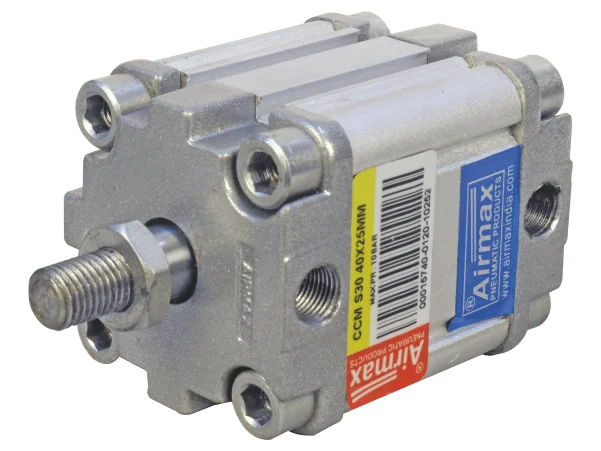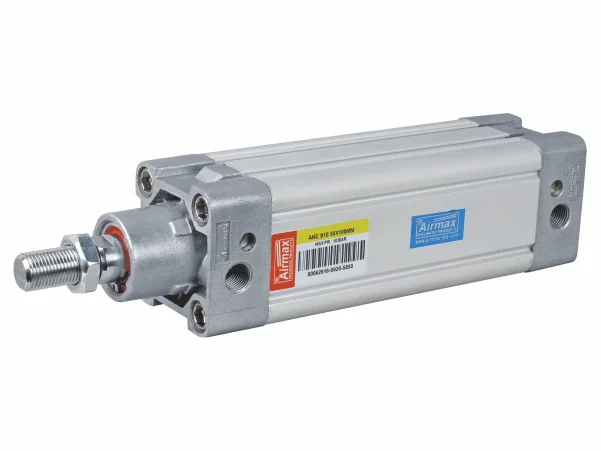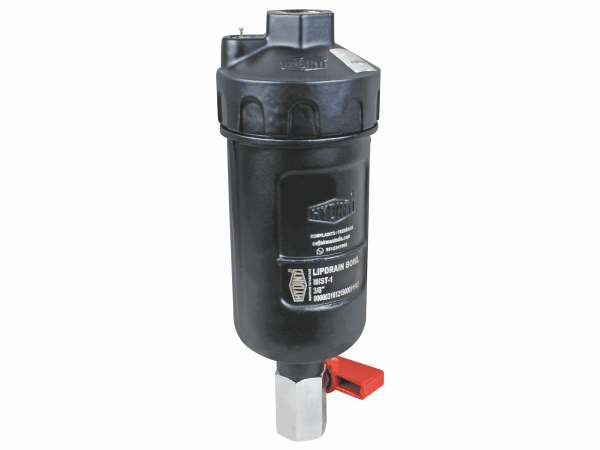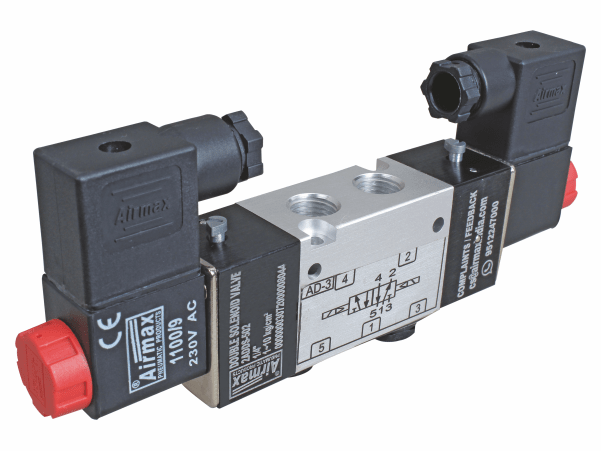Water transfer in various industries demands a comprehensive understanding of specific requirements to ensure seamless operations and optimal functionality. Here are key considerations:
- Diverse Industry Demands: Different sectors, such as manufacturing, agriculture, and automotive, possess unique water transfer prerequisites due to varying machinery, processes, and operational environments.
- Equipment Compatibility: Understanding the compatibility of water transfer systems with specific equipment like pumps, hoses, and machinery is crucial for efficiency and safety.
- Customization and Adaptation: Tailoring water transfer solutions to suit industry-specific needs is essential for optimal performance and resource conservation.
- Fluid Characteristics: Recognizing the distinct characteristics of fluids being transferred is vital for selecting the appropriate rotary union water systems that can handle diverse fluid properties.
Addressing industry-specific water transfer needs requires a nuanced comprehension of operational intricacies and the utilization of suitable rotary union water systems tailored to meet these diverse demands efficiently.
Key Factors Influencing Rotary Union Selection
Rotary unions play a critical role in various industries by facilitating the transfer of fluids or gases between stationary and rotating equipment. Choosing the right rotary union involves considering several crucial factors:
- Media Type: Assess the nature of the fluid or gas being transferred—whether it’s water, steam, oil, or a corrosive substance—impacting material selection and seal compatibility.
- Pressure and Temperature: Determine the operating conditions, including pressure and temperature ranges, to ensure the union’s capability aligns with these parameters.
- Speed and Torque: Consider rotational speed and torque requirements, ensuring the union can handle the intended RPM without compromising performance.
- Mounting and Installation: Evaluate space constraints, mounting options, and ease of installation to integrate the rotary union effectively into the system.
- Maintenance and Durability: Assess maintenance needs, lifespan, and reliability to minimize downtime and ensure longevity.
For applications involving rotary union water transfer, selecting a union compatible with water flow, pressure, and sealing requirements is paramount for efficient operation and longevity.
Comparative Analysis: Various Industry Requirements
In today’s dynamic market, industries across sectors seek tailored solutions to meet their unique demands. A comparative analysis of industry requirements sheds light on the diverse needs driving innovation and adaptation. Key considerations encompass:
- Operational Fluidity: Varied industries, from manufacturing to aerospace, necessitate fluid transfer systems like rotary unions for seamless operations.
- Pressure and Temperature Sensitivity: Requirements for robust systems capable of handling extreme pressures and temperatures vary significantly between industries.
- Material Compatibility: Assessing material compatibility is crucial; industries such as pharmaceuticals demand specialized materials to maintain product integrity.
- Maintenance and Longevity: Industries differ in their tolerance for downtime, requiring either high durability or frequent maintenance intervals.
For instance, in heavy manufacturing, the demand for efficient fluid transfer solutions like rotary union water systems highlights the need for reliability and adaptability to rigorous conditions. Understanding these unique requisites empowers industries to select and optimize solutions that align precisely with their operational necessities.
Customization Options in Rotary Union Systems
Rotary union systems offer versatile solutions for fluid transfer across rotating parts in various industries. Customization plays a pivotal role in maximizing their efficiency and adaptability. Here’s a brief overview of the customization options available:
- Material Selection: Tailoring materials to suit specific applications such as stainless steel for corrosive environments or aluminum for lightweight needs.
- Seal Configurations: Offering diverse seal materials like Viton, EPDM, or PTFE for compatibility with different fluids and temperatures.
- Port Configurations: Adapting port sizes and configurations to fit unique installation requirements and flow rates.
- Mounting and Sizing: Customizing flanges, shaft sizes, and lengths for seamless integration into diverse machinery setups.
- Specialized Coatings: Applying coatings like chrome or nickel for added durability and resistance to wear in challenging conditions.
In the realm of rotary union water systems, these customization options ensure optimal performance, durability, and compatibility with varying water-based applications.
Efficiency Demands Across Diverse Industrial Sectors
In an era shaped by technological strides and evolving consumer needs, diverse industrial sectors face escalating pressure to optimize operations. The pursuit of efficiency stands as a cornerstone across industries, steering strategies and innovations. Here’s a glimpse into the prevalent dynamics:
- Technological Integration: Industries leverage cutting-edge technology, like AI and IoT, to streamline processes and enhance productivity.
- Resource Optimization: The drive to conserve resources pushes sectors to adopt sustainable practices, minimizing waste and maximizing output.
- Supply Chain Agility: Flexibility and responsiveness are key to meet fluctuating demands, requiring agile supply chains adaptable to market shifts.
- Precision Engineering: Industries like manufacturing, automotive, and aerospace rely on precision tools like rotary union water systems for seamless operations.
The demand for efficiency serves as a catalyst for innovation and process enhancement, propelling industries toward a future where optimization is not just a goal but a necessity.






